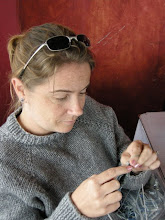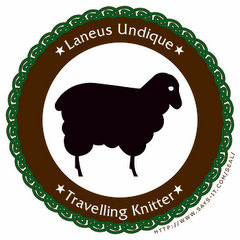 Saturday was a day for exploration in Lima. My friend, MJ, who is Peruvian, and I went to Chinatown in search of a good chifa, or Peruvian Chinese restaurant. Many folks who haven’t been to Latin America find it difficult to believe the number of Asian immigrants here. Peru likely has more than most, having had even a Japanese-descended president, Fujimori. Chinese food in Peru is similar to Chinese food everywhere, but with some special Peruvian touches. The fortune cookies are different, but the fortunes are the same. Mine said, “The stars are in your favor”.
Saturday was a day for exploration in Lima. My friend, MJ, who is Peruvian, and I went to Chinatown in search of a good chifa, or Peruvian Chinese restaurant. Many folks who haven’t been to Latin America find it difficult to believe the number of Asian immigrants here. Peru likely has more than most, having had even a Japanese-descended president, Fujimori. Chinese food in Peru is similar to Chinese food everywhere, but with some special Peruvian touches. The fortune cookies are different, but the fortunes are the same. Mine said, “The stars are in your favor”.After eating, MJ and I wandered around Chinatown a bit and saw the arch. It is small, but definitely Chinatown. I think that you can buy everything there, from Peruvian handicrafts to the latest in Japanese technology to Chinese herbal medicine to books in German. Wild.
Someone gave us intel on where we might find some yarn in the area, so we left Chinatown for downtown Lima. Neither place, I will note, is somewhere you want to go with a big handbag and lots of jewelery. You need to be very careful down there, and don’t go alone, even in the daytime.
Eventually, we found the Galería Santa Felícita on Huallaga Street, a big warehouse-like space with a bunch of stalls dedicated to crafts of all sorts on two floors. The first floor is mostly stalls selling retail or wholesale craft supplies, such as ribbon, beads, fabric, and, most importantly for our purposes, Yarn. The second floor is a series of workshops where you can take classes in different types of crafts (“manualidades” in Spanish). While these aren’t crafts in the taste of many gringos I know, I think that it would be fun to go with a Peruvian friend to make some things and learn how to do them. I’m always up for learning something new, craftwise or otherwise. There were even tables of women knitting, crocheting, and macraméing! That was cool.
Now, about that yarn. If you are looking for acrylic yarn, this is your place. They have a pretty decent variety of Peruvian-made acrylic yarns for good prices. There are some really fine cottons, too, if you want to make tatted lace or something crazy like that. However, we asked at every store about wool or alpaca, and not a single one carried 100% or even more than 10% natural fibers. For me, this was a grave disappointment. Like coffee-producing countries where the people only drink Nescafé, wool and alpaca producing Peru only uses acrylic for home crafting. I imagine that this is probably due to the better price that one can get in the export market or the value added that knitted items have in the tourist market.
So, I left empty-handed. Now I’m in Cuzco, and I have high hopes for finding some stash-worthy material up here.
Some Spanish yarn vocab, for those of you who are interested:
• Yarn: lana, lana hilada, lana para tejer
• Wool: lana, lana de oveja, lana de oveja hilada
• Alpaca: lana de alpaca, alpaca
• To Spin: hilar
• To knit: tejer
• Sheep: oveja




2 comments:
in cuzco we found some alpaca being sold in some of the tourist knitwear shops. also, make sure to check out the textile center/museum there. there are some beautiful (albeit expensive) naturally-dyed woven pieces for sale. also, there is a store that seels beautiful hand-dyed knit bags and hats. if you are interested i'll find the address for you.
I'm not a knitter, but an anthropology student, and I happen to be very interested in the yarn preferences in SA... especially, and this might chock you, the way day-glo acrylics have wormed their way into "traditional" tejidos. I could recommend you articles en masse about really antique knitting techniques, and you could perhaps share your insights on why and how this preference for neon acrylic arose, and tell me how it went with the fair trade alpaca? any help appreciated :)
mail me at myem(at)kth.se !
(hope you see this post...)
Post a Comment